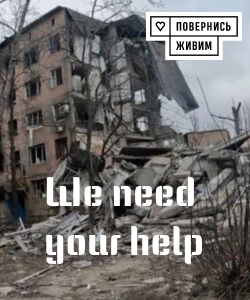The U
S. Department of State has issued a concerning "global warning" in response to the ongoing escalation of tensions in the Middle East. This message, which appeared on the official agency’s website, serves as a kind of signal to American citizens abroad — they should exercise extra caution and vigilance given the current unstable conditions. In its statement, the United States emphasized that recent military actions conducted by American forces in the region, including attacks on Iranian nuclear facilities, have caused significant disruptions to travel and air traffic in the Middle East. The country’s strategic leadership pointed out that the situation could potentially worsen — protests, demonstrations, and attacks directed against U.S. citizens and interests overseas are possible. Already, there are drastic changes in airline operations, regional airspace closures, and increased risks for tourists and diplomats. “The U.S. Department of State advises its citizens to remain alert and exercise heightened caution worldwide,” the statement reads. This approach is quite unusual for American diplomacy: typically, authorities issue localized warnings, whereas now a broad global alert has been published — something that occurs only in cases of severe crises. The last time such a warning was issued was in October 2023, amid tensions following Hamas’ attack on Israel from the Gaza Strip. The background of this tension is quite interesting: on June 22, late at night Iranian time, American forces launched extensive airstrikes against three key Iranian nuclear sites — in Fordo, Natanz, and Isfahan. This was a response to threatening actions by Tehran, following a successful U.S. operation aimed at dismantling Iran’s nuclear capacity. After these, in the view of the U.S. leadership, justified strikes, President Donald Trump issued a brief but clear statement: Tehran must immediately agree to peace agreements, or future attacks could become significantly larger and more destructive. Trump also warned Iran against "any retaliation," asserting that the U.S. is prepared to respond with the full extent of its power. Iran did not remain without diplomatic reaction. Foreign Minister Javad Zarif explicitly stated that the country reserves the right to retaliate. Military rhetoric was no less tense — the Islamic Revolutionary Guard Corps hinted or directly stated the possibility of striking U.S. military bases in the region. The day of June 22 became even more tense when, during an emergency session of the UN Security Council, Iran’s Permanent Representative, Amir Sa’id Iravani, clearly defined Tehran’s position: “The timing, nature, and scale of our response to U.S. actions will be determined by our armed forces.” Such statements further intensify fears of future escalation, which could have far-reaching consequences not only for the region but also for global politics as a whole. Overall, the situation around the Middle East has once again reached the brink of a new crisis point. Underground and external conflicts, clashes between military and diplomatic interests, heightened tensions among regional and global actors — all create an extremely unstable picture, demanding unwavering caution and prudence from everyone in the zone of risk. The scope of these events and possible scenario developments are deeply troubling to the international community and governments worldwide, which are already urging their citizens to act with maximum caution and readiness for any surprises.

